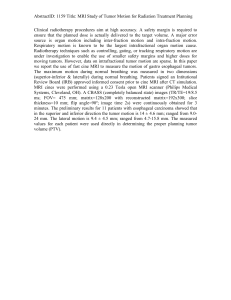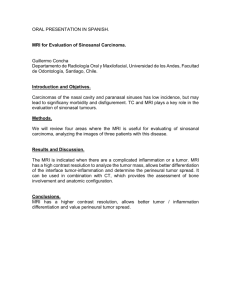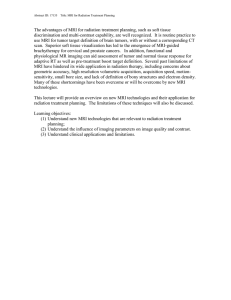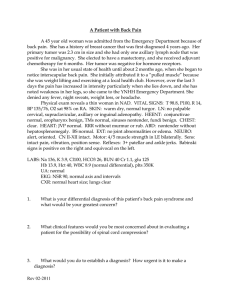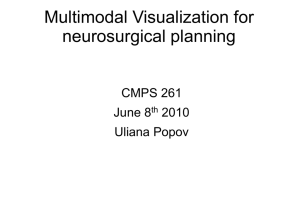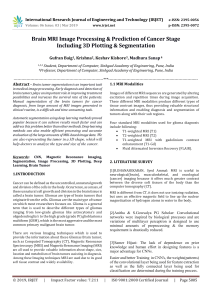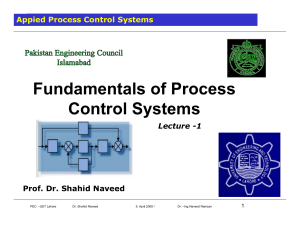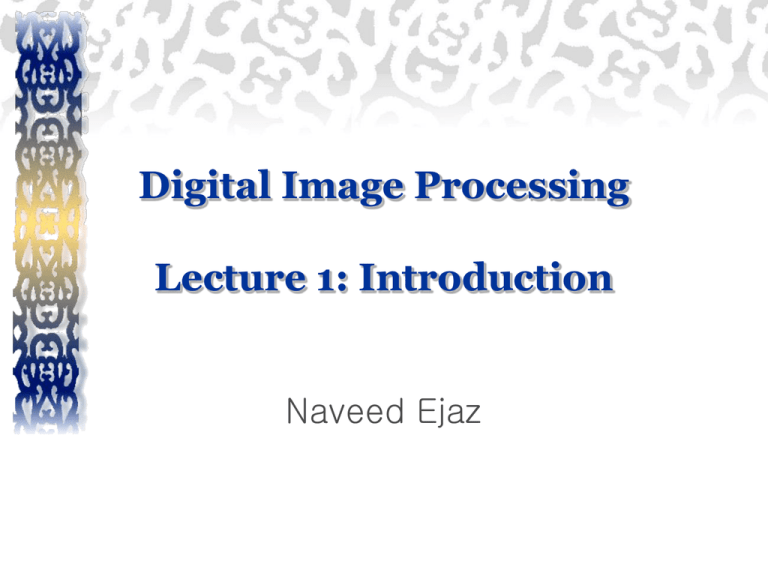
Digital Image Processing
Lecture 1: Introduction
Naveed Ejaz
Introduction
Instructor:
Naveed Ejaz
Prerequisite: None
TAs: Will be announced soon
Yahoo Group: FASTDIP2010
Introduction
Room
N111-A
E-mail: naveed.ejaz@nu.edu.pk
Text Book(s)
Gonzalez, R. C. and Woods, R. E., Digital Image
Processing, Second Edition, Pearson-Prentice Hal
l, Inc., 2002. ISBN 81-7758-168-6.
Gonzalez, R. C., Woods, R. E., and Eddins, S. L.,
Digital Image Processing Using MATLAB®, Pearson
-Prentice Hall, Inc., 2004, ISBN 81-7758-898-2.
Grading
Quizzes
Assignments
Project
Mid-Terms
Final Exam
10
15
10
25
40
Academic Honesty
All parties involved in any kind of cheating in a
ny exam will get zero in that exam
Habitual cheaters will get zero in all assignmen
ts/projects. This may lead to a course failure
Cheating punishment may become more strict
Guidelines
Read your email and messages on the course
yahoo group regularly
Start working on projects/assignments from first day.
Come prepared in the class
Read book (s)
Remain attentive during the class
One picture is worth more than ten thousand words
9
What is an Image?
An
image may be defined as a two
dimensional function f(x,y) where x and
y are spatial coordinates and amplitude
of f at any pair of coordinates (x,y) is c
alled
the intensity or Graylevel of the image at
that point.
Digital Image
When x,y and the amplitude values of f ar
e all finite, discrete quantities, we call the
image a Digital Image.
A digital Image is composed of a finite n
umber of elements each of which has a
particular location and value
These elements are referred to as Picture
Elements, Image Elements, Pels or
Pixels
Digital Image
Digital Image Processing
The
DIP field refers to processing Digital
Images by means of Digital Computer
Related Areas
Image Analysis
Computer Vision (Emulating Human Vision)
• A clear distinction between these three Are
as is not there
Classification of DIP and Comput
er Vision Processes
Image Processing Steps
16
Why do we Process Images?
Why do we Process Images?
Applications of Image Processing
1. Image Restoration
Image Colorization
Image Enhancement
Extraction of Satellite Area from an
Aerial Image
Face Detection
Face Tracking
Face Morphing
Finger Print Recognition
Application: Medical Imaging
Scan Data
Prototype Kidney Model
Model Fitting
Resulting Kidney and
Image Processing Examples
29
Magnetic Resonance
Imaging (MRI) is useful for
scanning tissues
Image Processing Examples
Edge Extraction
30
Image Processing Examples
Segmentation
31
Image Processing Examples
Extraction of Settlement Area from and
Arial image
32
Image Processing Examples
Face Detection
Image shows the ground displacement
of a typical area due to e
33
arthquake
Image Processing Examples
Face Tracking
Image shows the ground displacement
of a typical area due to e
34
arthquake
Image Processing Examples
Fingerprint Recognition
Faulty Image of Saturn
Recovered Image
35
Brain Tumor Detection and 3D Visualization: The
Process
Scanning MRI Images
through MRI Machine
Brain MRI Scans
in DICOM Format
Brain MRI Scans
in bmp Format
Brain Image Segmentatio
n & Comparison
3D tumor visualization
3D Brain Modeling
2D Tumor Detection
Semantic Decision Suppo
rt
7/1/2016
Brain Inspector
36
3D Visualization of Brain Tumor
7/1/2016
Brain Inspector
37
DIP Related Projects
Remote Surgery
Adult Filtration
Watermarking
Visible
Invisible
Gender Classification
Facial Expression Classification
Video Processing
Segmentation
Watermarking
Object Tracking
Driver Fatigue Detection
38

